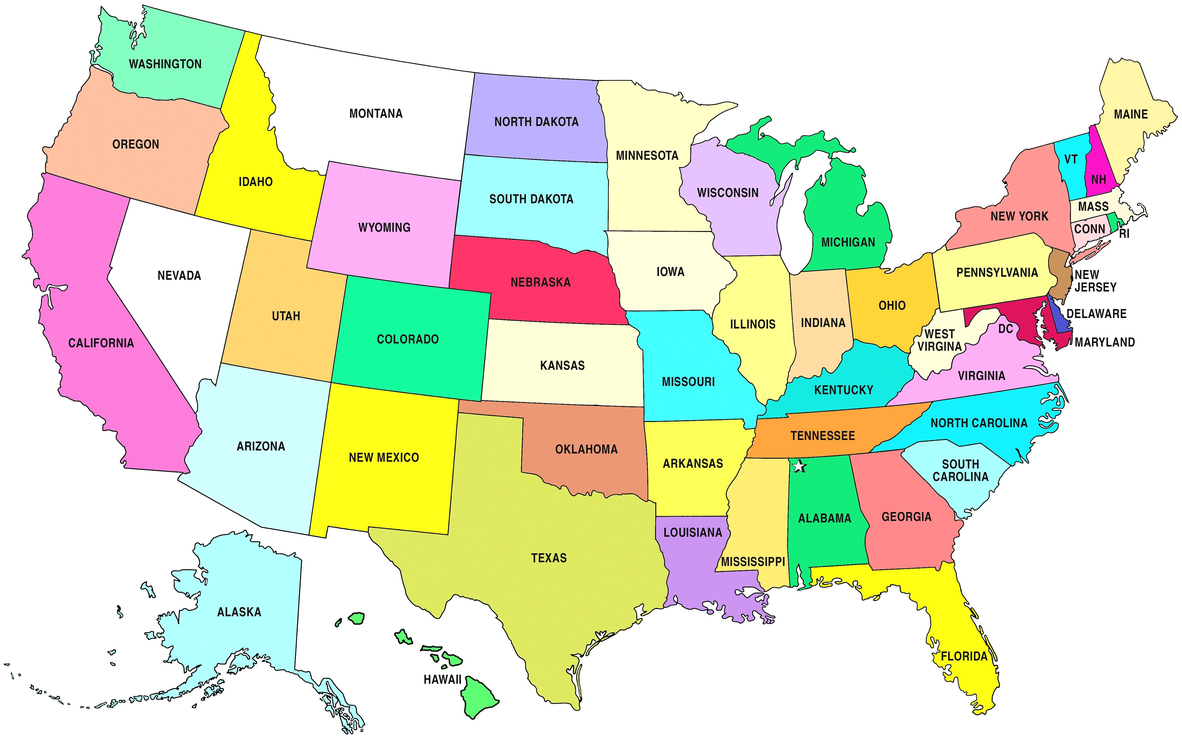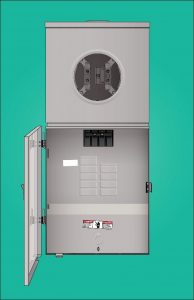NEC 2020 – What to Expect: Significant Changes and Adoptions by State

By: Jerry Durham | Jan 07, 2020
It seems like we just started using the 2017 National Electrical Code (NEC), and now the 2020 edition is available. There have been significant changes, accomplished through public comment and hard work by the Code Making Panels (CMPs) as well as others.
What are some of the important changes that will affect installers, electricians, and Authority Having Jurisdictions (AHJs). Just as importantly, when can we reasonably expect that the new version of the Code will be adopted. Each state must decide when to move to the next edition of the NEC.
NEC Revision Process
The NEC is revised every three years, and there are multiple steps in the revision process. For the 2020 NEC, there were 3,730 public inputs, leading to 1,400 first revisions. The first draft was posted in June 2018, and after that, over 1,900 public comments related to changes were logged. This led to over 700 additional revisions in the Code for the second draft.
Then, the new edition of the Code was approved and published. The 2020 edition was published on August 5, 2019. There are also changes that happen after the Code is published, called Tentative Interim Amendments (TIAs) that are also enforceable. There is a process to request a TIA, and then proposed TIAs are published for public review and comment and forwarded to a committee for review. Errata, or errors that have been corrected, are published as well; the 2020 edition currently has three that have been documented on the NFPA website
State Adoption
Which edition of the Code is your state working under? For example, as of October 1, 2019, only 30 states had adopted the 2017 version of the NEC. 13 states were still using the 2014 edition, one was using the 2011, and three states were still using the 2008 version of the NEC. North Carolina, for example, adopted the 2017 NEC on June 12, 2018, and had previously adopted the 2014 NEC on April 1, 2016.
Typically, there is a lag between when the Code is made available and when it is adopted by each state. Every state does things a little differently. You can find the most up-to-date state information here.
Important Changes
What are the significant changes that we need to prepare for with the release and adoption of the 2020 NEC? There have been many changes, but we’ll focus on two important ones:
- Expanded ground fault circuit interrupter (GFCI) protection
- Emergency disconnects for one and two-family dwellings
GFCI Protection
Ground fault circuit interrupter (GFCI) protection has been expanded for dwelling units to include 250-volt outlets. Any single-phase outlet operating at less than 150 volts to ground (not phase to phase) must now be protected when located in areas where GFCI protection is required.
Also, all basements are now required to be protected, whereas previously only unfinished basements required protection. For example, 250-volt dryers and ranges within 6 feet of a sink will soon require GFCI protection.
Non-dwelling unit locations also have multiple new GFCI protection requirements. They include:
- Three phase branch circuits rated 150V or less to ground, 100 amps or less
- Non-dwelling unit basements
- Laundry areas
- Convenience outlets within 6 feet of the outside edge of a bathtub or shower
- Lighting outlets in crawl spaces
- Equipment requiring servicing
- Outdoor outlets
These changes will provide enhanced protection for personnel.

Emergency Disconnects
Another important change is found at 230.85, Emergency Disconnects. In the past, the disconnecting means for dwelling units have often been located inside the garage or in some other inaccessible location. In the case of a fire, the firefighter might remove the meter in order to protect fellow workers. This presents a serious hazard for the firefighter, especially when standing in water.
It’s obvious that this new requirement makes sense. The required service disconnecting means must be installed in a readily accessible outdoor location. There are also labeling requirements. The markings must comply with 110.21(B), which requires that the label be of sufficient durability to withstand the environment involved. In other words, it can’t just be done with a permanent marker. Labels that are more durable — and therefore more legible — will improve the safety of emergency personnel, service personnel, and homeowners alike.
Learn the NEC Changes With JADE Learning
Many states will continue to use the 2017 National Electrical Code for the next year or two, but the 2020 version is available now. There have been some significant changes which will certainly improve electrical safety for workers and occupants alike.
JADE Learning is committed to providing you with information on the most important changes through our 2020 NEC Challenge solution. Over the course of a year, you’ll learn the 156 most impactful 2020 NEC updates through a simple, convenient Q&A email format. Subscribe today.



As a retired firefighter with 31 years and electrican for over 50, i can see the good and bad points of a main disconnect outside. U got some fireman at won’t pull a meter ,even with a meter puller. It be nice to be able turn off everthing at one location without having to locate the panel in the house. The bad part is the homeowner may pad lock it ,for fear somebody might turn there power off. Also i had one customer tell me she was told by a section 8 inspector to padlock it.
Making it easier for thieves to cut the power…not that smart
Homeowner has every right to padlock his disconnect & panel. Firefighters can carry bolt cutters to cut locks. I’ve rewired after copper thefts & can tell you homeowner needs the security.
I think we need in a new dwelling that each bathroom have its own dedicated 20 amp circuit, some homes that have multiple bathrooms that use the same 20amp circuit have Tripp issues with the larger families.
You’re definitely right cause only the people who actually dedicate bathrooms n their lighting got some common sense lol